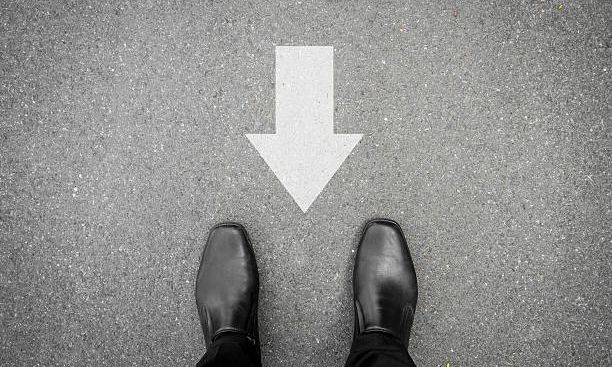Walking backwards as an exercise has been gaining significant popularity over the last few years. This exercise may look odd while performing or get you more than a few confused looks from passersby's. However, backwards walking is much more beneficial than the odd looks you may get among many of the other benefits walking backwards can sharpen your mind, help with sleep, and help with weight loss. While this exercise may have become more popular lately, its origins are ancient.
History of walking backwards
As the old Chinese proverb goes “a hundred steps backwards are worth a thousand steps forward” for thousands of years the Chinese have been walking backwards to improve their health. Today it is still a common exercise and some think that its recent gain in popularity is due to the visible benefits the Chinese have experienced from it.
Among early backward walkers is Patrick Harmon a 50-year-old man who walked backwards from San Francisco to New York City in 1915. He finished this journey in only 239 days traveling a total of 3,900 miles. During his journey while putting on a backwards speed walking exhibition Mr. Harmon was heard saying he had developed extremely strong ankles and instep muscles and “it would take a sledge hammer blow to sprain them.”
How walking backwards helps with back pain
While stories like Patrick Harmons are fun to hear backwards walking does have serious benefits. Included in them being a reduction in back pain. In a recent study it was found that among participants those who walked backward experienced much more strength gains and less back pain. The reason for this being that the spinal muscles are activated more when walking backwards. BW is also a better aerobic activity for increasing activation of your low back spinal muscles. These findings might have significant clinical consequences for chronic low back pain recovery.
3 Main benefits of walking backwards
According to a research published in the International Journal of Sports Medicine, backward walking and running is an excellent aerobic workout that results in considerable weight reduction and body composition improvement.
Three main benefits of reverse walking are
1. Improved coordination
Reverse walking improves coordination, not only are you having to use your mind to continually guess where your next step will be but simultaneously you are gaining an enhanced sense of body awareness. Compared to forward walking your heartrate will also be more elevated resulting in increased blood flow to the brain.
2. Make your legs stronger
Because we generally walk forward, some muscles on the backside of our legs are rarely used. As a result, when you reverse walk, those muscles are activated. Having stronger muscles can protect you greatly from injury, sprains, and increase your performance.
3. Lessens the strain on your knees.
According to research published in the journal BMC Musculoskeletal Disorders, persons with knee discomfort or injuries can benefit from backward walking for rehabilitation because the effect on the knee is minimal while strengthening unused muscles. Reverse or backward running was also found to decrease anterior knee discomfort in another study published in the Journal of Biomechanics.
If you’ve been thinking about how you can improve your overall health, Walking backwards is an excellent choice. Not only is it low impact but it can also help with back pain as well as a myriad of other benefits. If you find yourself continue to struggle with chronic back pain or another injury you can schedule a free consultation today with one of the health professionals at The Center for Total Back Care today!
